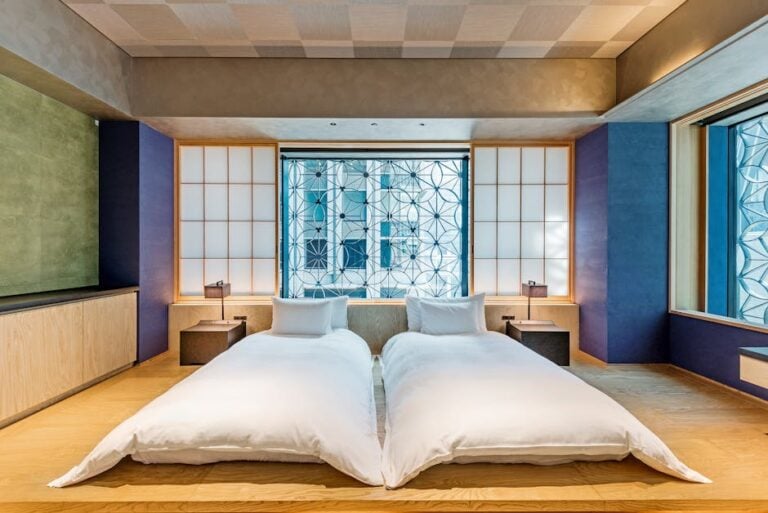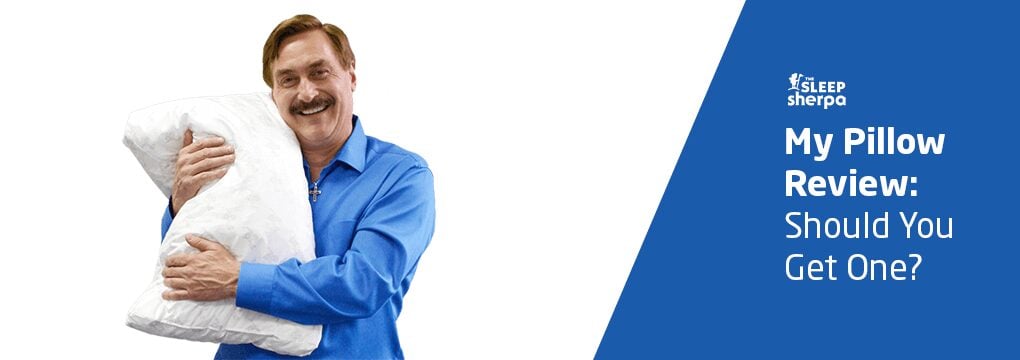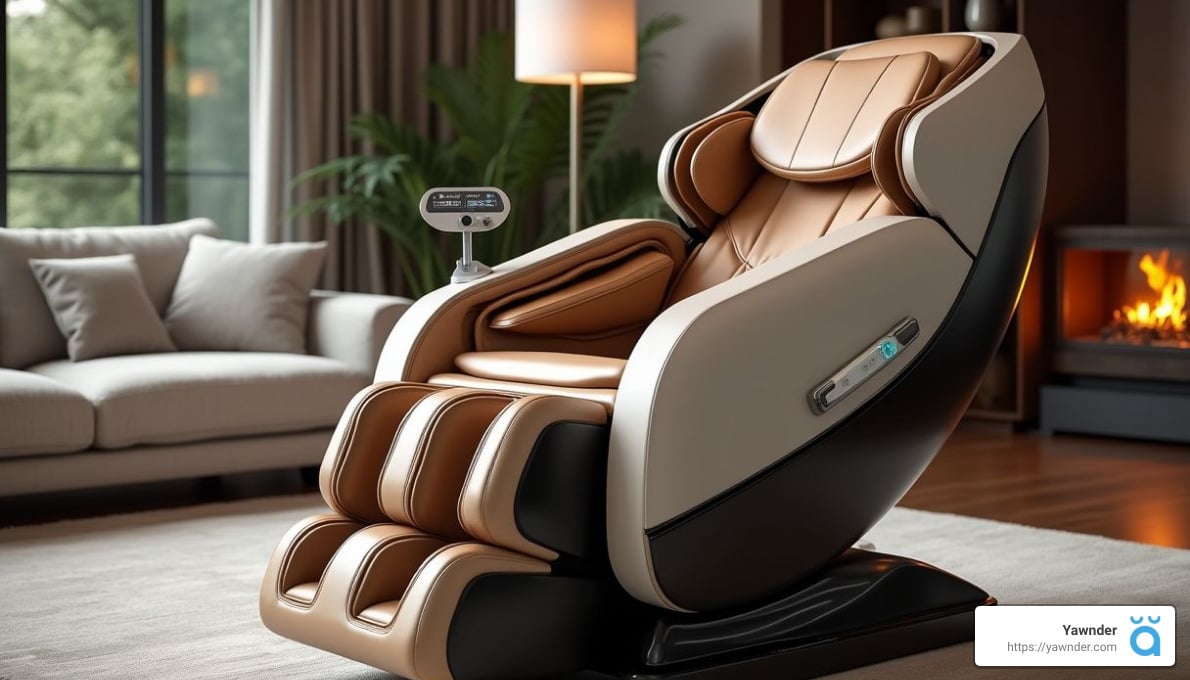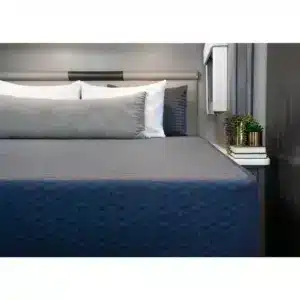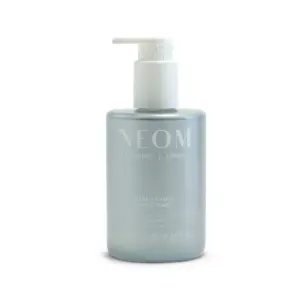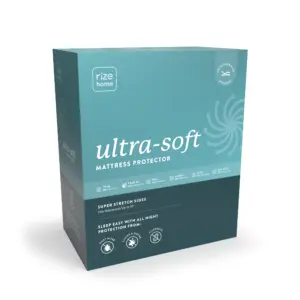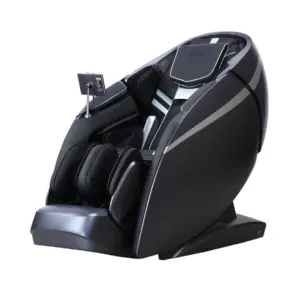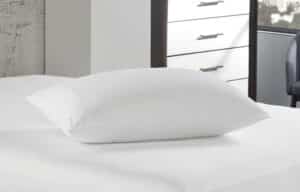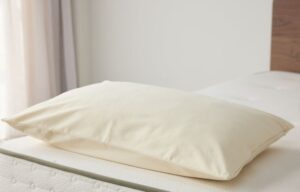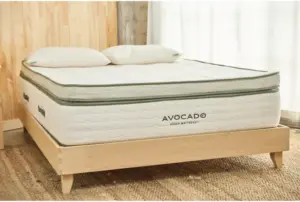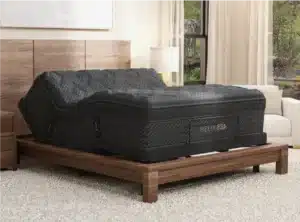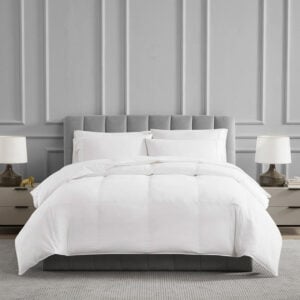The Ultimate Guide to the History of Vibrating Beds in Hotels
What Happened to Those Vibrating Beds in Hotels?
Have you ever pondered the fate of those quirky vibrating beds once prevalent in hotels? You’re not alone in your curiosity. These mechanical marvels, often celebrated in mid-20th-century culture, had a brief but unforgettable existence in the hospitality industry. Let’s explore the journey of vibrating beds, unraveling their rise, peak, decline, and lasting influence.
The Origins of Vibrating Beds
The creation of vibrating beds dates back to the 1950s, thanks to inventor John Houghtaling. Working for a company that initially sold vibrating beds, Houghtaling noticed a significant flaw: the beds were prone to frequent breakdowns. Fueled by his desire for innovation, he set out to develop a more reliable design.
In 1958, he introduced the Magic Fingers vibrating bed. Unlike its predecessors, Houghtaling’s design featured a detachable motor attached to the mattress instead of being integrated into it. This ingenious modification increased ease of maintenance, allowing motel owners to keep their beds operational with minimal fuss.
How Did It Work?
The Magic Fingers system was elegantly simple. Guests inserted a quarter into a coin meter linked to the bed, activating the vibrating motor for a delightful 15 minutes. This idea transformed a simple motel stay into a unique experience, enhancing relaxation during long road trips. The detachable motor’s design was pivotal for motel owners, enabling them to update their accommodations without investing in entirely new beds.
As word spread, motels across the United States eagerly adopted these vibrating beds, leading to a flourishing market for Houghtaling’s invention. The franchise model garnered success, with revenues divided between motels and the Magic Fingers brand. By the late 1970s, over a million units had found homes in hotels and motels in both the U.S. and Europe, elevating the vibrating bed to cultural icon status.
The Rise of Vibrating Beds in Hotels
The 1960s and 1970s were a golden age for American road travel, prompting families and business travelers to seek unique experiences at motels. Amid this burgeoning travel culture, the Magic Fingers vibrating bed emerged as a must-have amenity. For just a quarter, guests could indulge in a brief escape from the rigors of travel, making the vibrating bed nearly as ubiquitous as a television in guest rooms.
Motels sought to differentiate themselves by curating memorable experiences. The addition of vibrating beds provided an unforgettable stay, with Magic Fingers salespeople ensuring the units were serviced and operational, allowing for a potentially lucrative partnership with motel owners.
The Cultural Phenomenon
Vibrating beds quickly became synonymous with roadside Americana, making appearances in movies, television shows, and even songs. Iconic moments, such as those depicted in National Lampoon’s Vacation and Planes, Trains and Automobiles, ensured the beds were etched into the memories of viewers, encapsulating both humor and nostalgia.
Despite their appeal, the initial excitement began to wane as luxury hotel amenities evolved. Travelers started to prioritize premium bedding, plush towels, and advanced entertainment systems over quirky experiences, signaling the beginning of a new era in hospitality.
The Decline of Vibrating Beds
As the late 1980s approached, the novelty of vibrating beds began to wear off. Factors like maintenance challenges and the frequent theft of coin boxes added to their decline. Motel owners faced operational headaches, and the continuous costs for repairs further diminished their appeal.
Furthermore, evolving customer preferences leaned towards luxury amenities rather than quirky features. By this time, vibrating beds were no longer regarded as essential but more as kitschy remnants of the past. Although John Houghtaling had retired, selling his invention’s rights, the Magic Fingers brand shifted focus to home versions of the product.
The Legacy of Vibrating Beds
Though the era of vibrating beds in hotels may have ended, their impact persists in American pop culture and the hospitality landscape. Today, some retro-themed motels, such as the Roadrunner Lodge in Tucumcari, New Mexico, still offer Magic Fingers units, celebrating nostalgia for travelers seeking a quirky experience.
Moreover, modernization has led to the development of therapeutic massage beds that provide advanced features such as customizable settings and under-bed lighting. While the traditional vibrating bed may be a relic of the past, its spirit continues through various adaptations, including modern massage solutions.
Conclusion: The Enduring Charm of Vibrating Beds
Though the vibrant era of vibrating beds in hotels has come to an end, their story remains a fascinating chapter in the annals of hospitality. From John Houghtaling’s innovative 1958 design to their rise as an iconic motel staple, vibrating beds offer a unique perspective on how guest experiences evolve over time.
At Yawnder, we understand that the quest for comfort, particularly in sleep, remains relevant. We specialize in evaluating mattresses to help you find the perfect fit for your needs, whether you seek nostalgic experiences or modern solutions. From in-depth reviews to convenient shopping options, we strive to make your journey toward better sleep as smooth as possible.
In exploring the history of vibrating beds in hotels, we not only celebrate quirky memories but also recognize the importance of innovation and adaptability in enhancing guest experiences. Ready to find your ideal mattress? Dive into our reviews and embark on your journey to improved sleep today.



